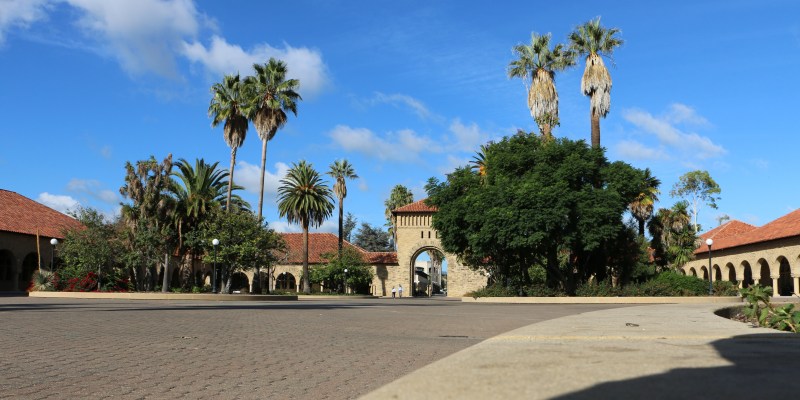The Board of Trustees returned from its annual retreat, held earlier this month, with what Board Chair Steven Denning MBA ’78 called renewed energy for collaboration across different disciplines and different institutions after a trip to Harvard, MIT and the life science research hub at Cambridge’s Kendall Square.
Denning, who will step down from his board post this summer, emphasized that the retreat was “informative” and “illuminating,” adding that the board members were pleased to have the opportunity “to see the impact that other institutions are having on the world.”
The trustees engaged in an array of academic discussions with faculty and administrators at the places they visited. Their overall aim was to find ways to work together with peer institutions toward achieving their common goal of advancing knowledge, education and social good.
“These universities appear to be the same but are quite different,” Denning said. “They have very unique objectives, personalities, characteristics, peculiarities and locations. This diversity gave the Stanford trustees ample room to learn from their peers at Harvard and MIT.”
Most years, the Board has its retreat near campus; its trip to Cambridge constituted part of a growing trend of inter-institutional collaboration at the governance level, according to Denning. The Board made its first farther-out retreat trip in 2010, when it traveled to Yale to discuss student life and arts.
According to Denning, this trend of exchange among different universities in the place of more traditional board retreats is mutually beneficial for traveling trustees and the universities that host them.
“We don’t view it as zero-sum,” Denning said. “They get better, and we can also get better. They view it as an opportunity to learn [as well].”
The April retreat began at Harvard with a session led by Provost Persis Drell about the importance of the modern American university, which board members felt was an apt way to underscore the value of their work.
“The American research institution is the envy of the rest of the world, and it’s something that we need to protect, enhance and sustain going forward,” Denning said. “This was a great opportunity to dig in and see that firsthand.”
In their ensuing panel discussions at Harvard, board members discussed their aim to renew traditional liberal education through curricular balance among the humanities, arts, social sciences and STEM fields. Vice Provost Harry Elam and Richard Saller, dean of the School of Humanities and Sciences and Kleinheinz Family Professor of European Studies, conversed with Harvard deans, advocating renewed emphasis on arts and humanities at Stanford, Harvard and peer institutions.
The Board then met with leaders of education and research at MIT, where conversations focused on two main themes: digital strategy in increasing educational access and newfound “nano” capabilities in the life sciences. Trustees discussed the entrepreneurial “maker” spirit that underlies these initiatives at MIT — an attitude that Stanford’s campus shares, Denning noted.
Continuing its discussions about advancement in the life sciences, the Board concluded its retreat with an overview of Kendall Square, a concentrated area of life science innovation that includes Massachusetts General Hospital, Harvard Medical School and various pharmaceutical and biotechnology firms.
Along with enthusiasm for their academic discussions, Denning said, the trustees came away from the retreat with new insights into the uniqueness of Stanford’s governance structure and approach in comparison with those of Harvard and MIT. Subtle differences in the organizational system of Stanford and its board might reflect cultural differences among the institutions at large, Denning observed.
“People talk a lot about the collaborative culture that exists at Stanford, and it [also] exists in a very cooperative and sound governance system that is quite different from that which is found at other universities,” he said. “[This structure] has a profound impact on our ability to manage ourselves, organize ourselves and achieve the objectives we hope to achieve.”
Overall, Denning added, the trustees gained newfound energy for developing the University’s long-range planning effort, a yearlong initiative to chart Stanford’s future. These ideas are “still in the ruminating phase,” according to Denning.
“These trips are absolutely essential,” he added. “[Trustees] learned more about [Stanford] than [they] learned about the other institutions, paradoxically.”
Contact Katie Keller at [email protected].
